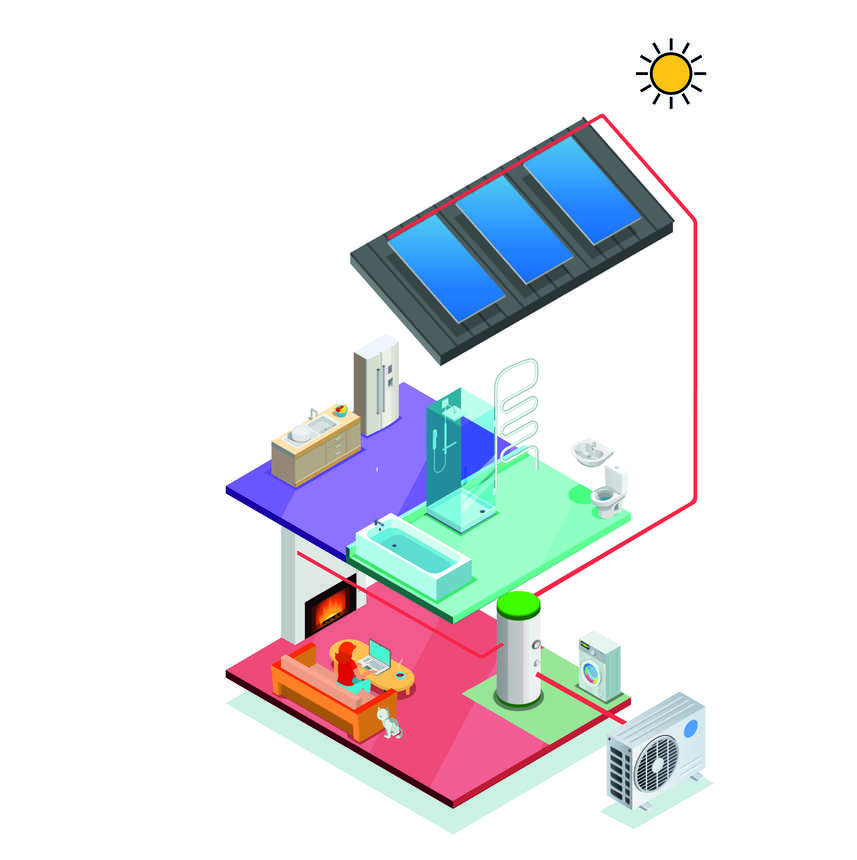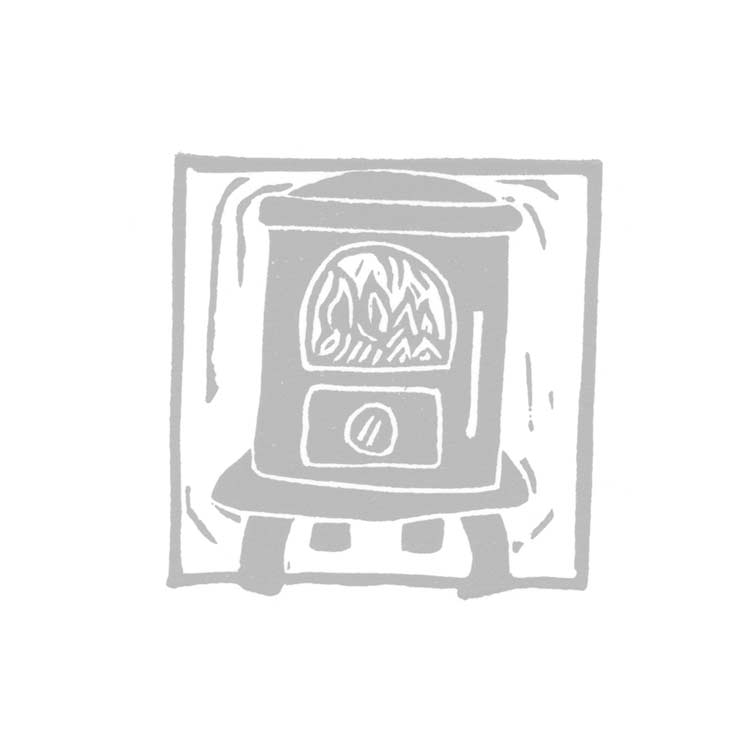Types of coal, lignite, subbituminous coal, anthracite, bituminous coal
The rank of coal is based on the degree to which the original plant material has been transformed into carbon and can be seen as a rough indication of how old the coal is: the older the coal the higher the carbon content (generally). The ranks of coal (from most to least carbon content) are as follows: anthracite, bituminous coal, sub-bituminous coal, and lignite.
The coal with the highest carbon content is the best and cleanest type of coal to use. As you move down the coal rank the heat given out decreases and the dirtiness of the fuel and moisture content increases.
Lignite coal
Used almost exclusively for electric power generation lignite is a young type of coal. Lignite is brownish black, has a high moisture content (up to 45 %), and a high sulphur content. Lignite is more like soil than a rock and tends to disintegrate when exposed to the weather. Lignite is also called brown coal.
Lignite has a calorific value of less than 5 kw/kg approximately.
Sub-bituminous coal
Sub-bituminous coal is also called black lignite. Sub-bituminous coal black and contains 20-30 % moisture. Sub-bituminous coal is used for generating electricity and space heating.
Sub-bituminous coal has calorific values ranging from 5 - 6.8 kW/kg approximately.
Bituminous coal
Bituminous coal is a soft, dense, black coal. Bituminous coal often has bands of bright and dull material in it. Bituminous coal is the most common coal and has a moisture content less than 20 %. Bituminous coal is used for generating electricity, making coke, and space heating.
Bituminous coal has calorific values ranging from 6.8 - 9 kW/kg approximately.
Anthracite coal
Often referred to as hard coal, anthracite is hard, black and lustrous. Anthracite is low in sulphur and high in carbon. It is the highest rank of coal. Moisture content generally is less than 15 %.
Anthracite has calorific values around 9 kW/kg or above.




















































